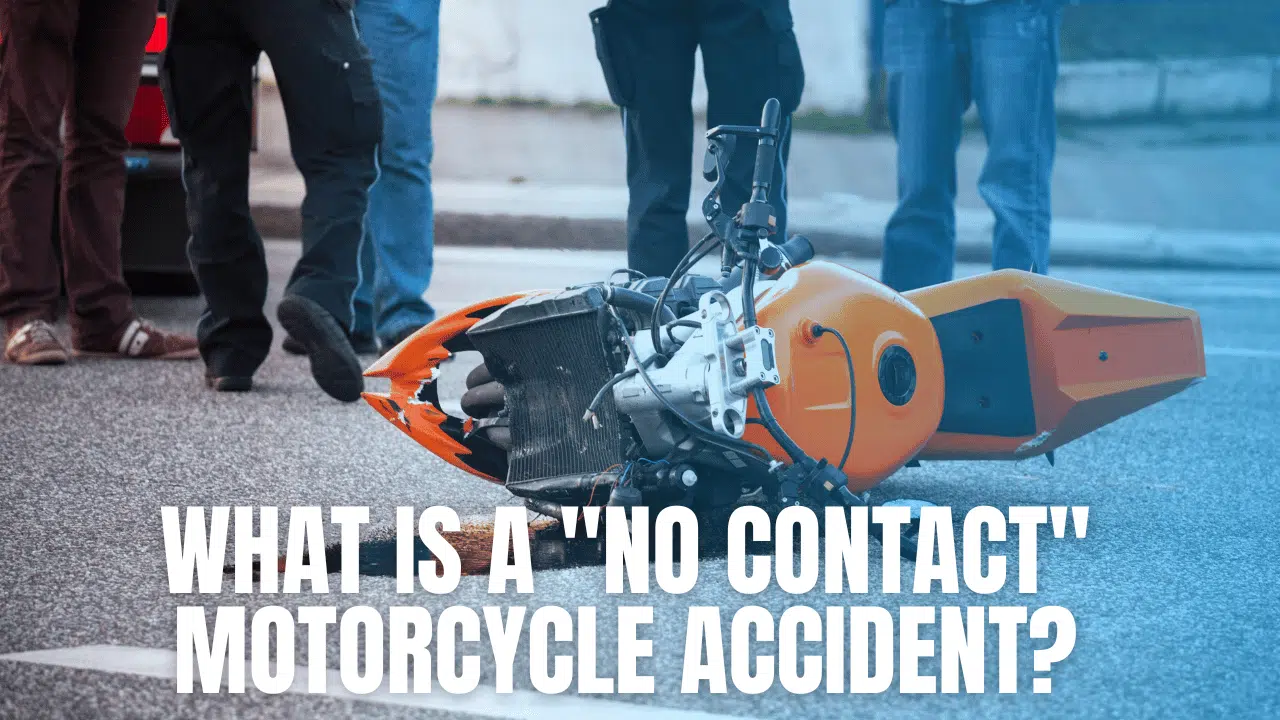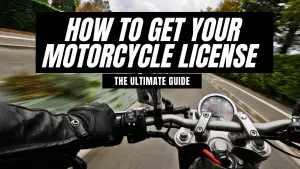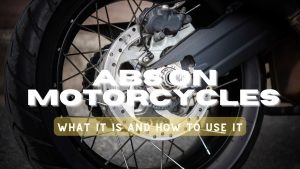The thrill of the open road, especially on two wheels, is an experience many people look forward to when the weather is nice. As with most activities, it comes with risks. The “no-contact” motorcycle accident is a danger that all bikers face.
In this article, we will discuss “no-contact” motorcycle accidents, the potential injuries that can happen, and how to prevent these types of motorcycle accidents.
How “No-Contact” Motorcycle Accidents Occur
As with all traffic accidents, there can be a number of contributing factors. With proper care, some factors contributing to accidents can be avoided.
Mistakes Made by the Motorcyclist
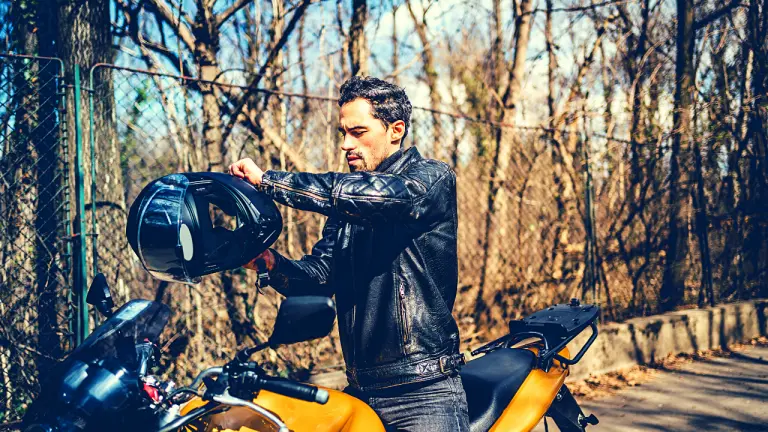
One of the main causes of “no contact” motorcycle crashes are due to errors made by the bike rider. Some common mistakes bikers make are as follows:
- Turning too quickly: Bikers who take turns at high speeds can lose control of their vehicles and crash.
- Improper lane changes: Switching lanes can sometimes cause accidents, especially if the biker loses control of their motorcycle.
- Overcorrecting: This can happen if a rider runs off the shoulder of the road and pulls the bike back on too sharply, overcorrecting, and ends up losing their balance and falling.
- Slamming on brakes: By braking too hard, a motorcyclist may fall, slide, or crash.
Road Conditions Are A Factor
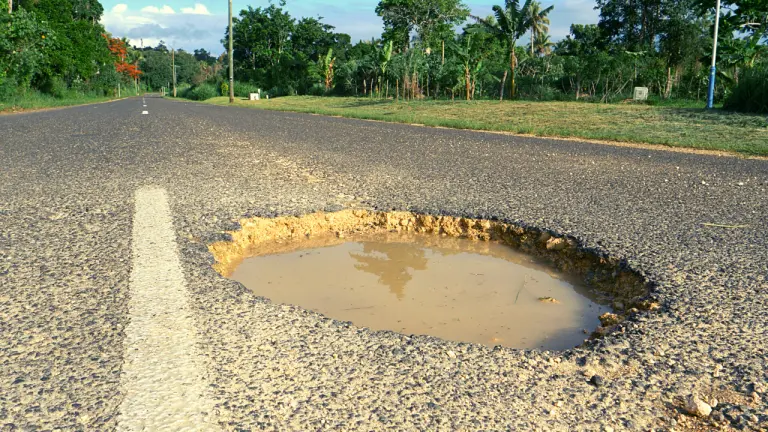
Another contributor to a “no-contact” motorcycle accident is road conditions. Some examples of road conditions causing an accident include the following:
- Potholes, especially unexpected ones, are a hazard that might cause a biker to lose control and crash.
- Gravel can cause motorcyclists to slip out of control, leading to a “no contact” motorcycle accident.
- Wet roads can be hard to manage a motorcycle on. Hydroplaning is a common cause of motorcycle riders losing control.
- Uneven pavement creates problems for bikers, making it challenging to balance. Uneven pavement often causes falls.
Mechanical Failure
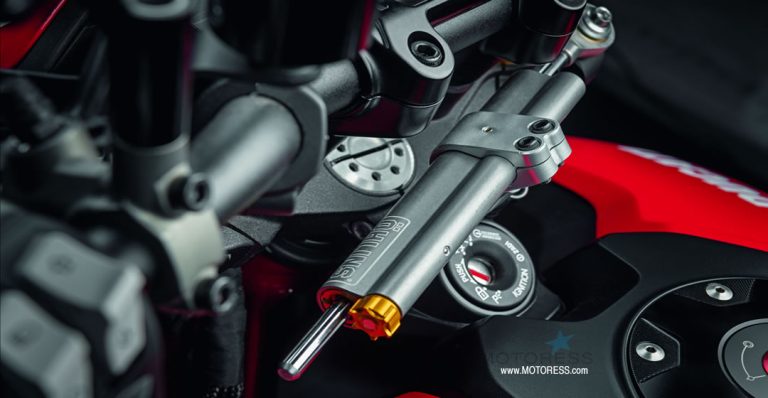
Mechanical failures can also be to blame for “no contact” motorcycle accidents. Some examples of mechanical failures that might lead to crashes are listed below:
- Brake failure causes the motorcyclist to be unable to stop or slow down when needed, leading to crashes.
- When tires blow out, especially at faster speeds, very often causes the biker to lose control and fall.
- Engine failure may cause the rider to lose control and have a collision.
Possible Injuries a Motorcyclist May Sustain in a “No Contact” Accident
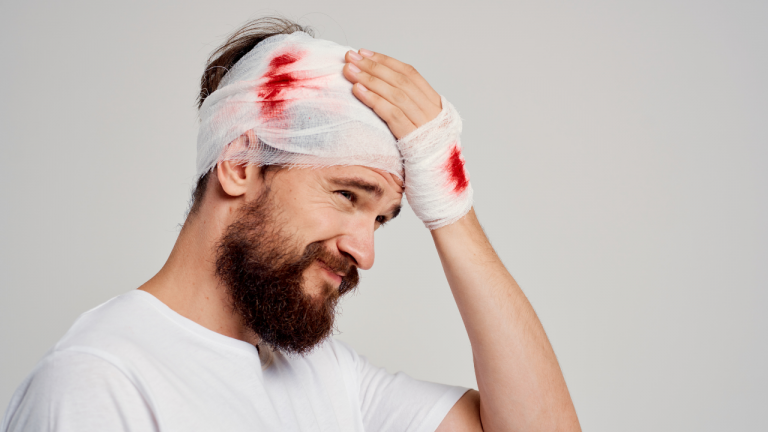
“No contact” motorcycle crashes can leave bikers with serious injuries. Listed below are some of the more common ones:
Road Rash is Particularly Common
A very common injury from bike accidents is road rash. A biker falling and sliding across the road can cause road rash. It can result in only minor abrasions and bruises to a more serious injury requiring medical attention.
Broken Bones and “No Contact” Motorcycle Accidents
Motorcycle accidents often culminate in broken bones. A no-contact motorcycle accident is no different. When riders tumble off their bike, they can land with arms and legs akimbo. Broken hands, arms, legs, and more are not unusual after a motorcycle crash.
Head Injuries Result from “No Contact” Motorcycle Crashes
Head injuries are some of the most common and most catastrophic injuries in motorcycle accidents. They do not require another vehicle to be hazardous. When a biker loses their balance and falls off of their motorcycle, they can hit their head on the pavement or other objects in the way and can end up with a traumatic brain injury (TBI).
Spinal Cord Injuries Cause Lasting Problems
Spinal cord injuries are another serious yet common injury sustained in no-contact motorcycle wrecks. When a rider comes off his bike, the impact angle can be unnatural. The impact can lead to back and neck injuries.
Injuries that involve the back and neck often result in damage to the spinal cord. This can lead to paralysis.
Useful Precautions to Prevent Motorcycle Accidents
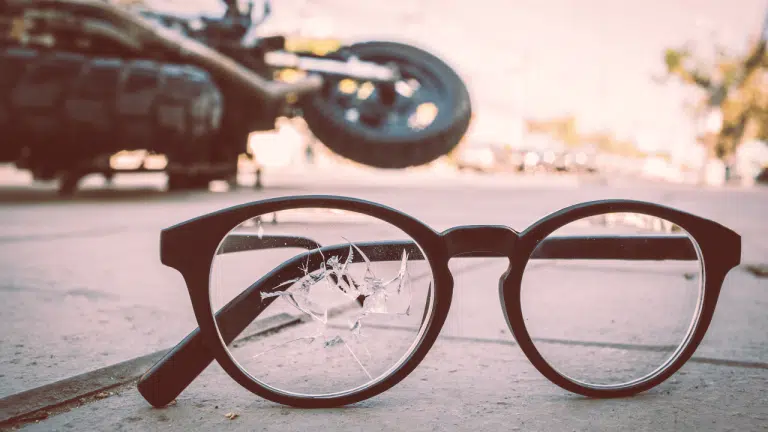
Preventing an accident, or at the very least minimizing the impact, is key to enjoying motorcycling. Here are a few preventative tips for avoiding “no contact” motorcycle accidents.
Always Wear Protective Gear
Even in a “no contact” motorcycle accident, the right protective gear can reduce the severity of the injuries. Riders should wear the following:
- Helmets that meet recommended safety standards
- Leather jackets
- Leather pants or chaps
- Gloves
These can reduce the chances of a catastrophic head injury and can minimize road rash as well.
Practice Good Motorcycle Maintenance
Properly maintaining your motorcycle helps reduce the threat of an accident caused by a mechanical failure. Performing routine diagnostics to check out the bike’s braking system and tires is an excellent way to ensure everything is running correctly.
Pay Attention and Stay Focused
Being alert while operating a motorcycle can help you avoid a “no contact” motorcycle crash. Riders focused on their environment and looking for possible obstacles can anticipate threats and avoid them. Some of the more common hazards that an alert biker will notice are as follows:
- Potholes
- Gravel
- Wet pavement
- Uneven pavement
- Animals that may run in front of the bike
- Road signs
- People pulling out of driveways and side roads
Swerving to avoid an object can result in a “no contact” motorcycle accident, paying attention can very often help you to avoid having to swerve. It also helps to minimize distractions like listening to music or fidgeting with a mobile phone.
Defensive Driving Saves Lives
Driving defensively means predicting potential hazards on the road and then taking the appropriate measures to avoid them. This means not tailgating vehicles in front of you, remaining visible to all other drivers by avoiding blindspots when possible and using turning and hand signals to communicate your intentions with the drivers near you.
Participate in a Motorcycle Safety Class
Many communities offer motorcycle safety courses to help bikers improve their confidence on their bikes by learning how to cope with a myriad of situations. Some topics they offer guidance with are as follows:
- Defensive Driving
- Braking in emergencies
- Operating a bike in various weather conditions.
Prepare for Potential Emergencies
When you experience a “no contact” motorcycle accident, being prepared to manage the situation is crucial. Carrying a first aid kit and administering basic first aid can be critical.
Though it is nice to disconnect from the rest of the world when enjoying a ride, carrying your telephone with you is helpful in case you need to call 911. Having your emergency contacts at the ready can be beneficial if your crash leaves you unable to speak for yourself.
Seven Steps to Take When Involved in a “No Contact” Motorcycle Accident
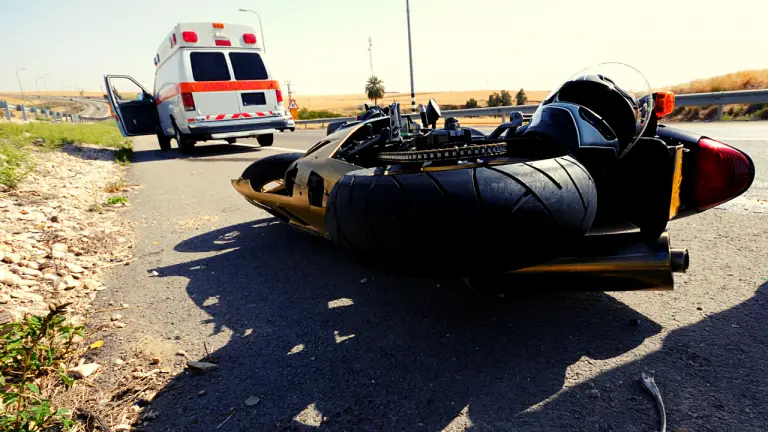
When involved in a “no contact” motorcycle accident, there are several steps you should take to ensure your safety. They are as follows:
- If you or anyone involved in the accident has sustained injuries, call for medical assistance immediately.
- Move out of the way of traffic to a safer location. If possible, move your bike away from traffic to avoid further damage or harm to others.
- Report the accident to law enforcement. Provide relevant details since these will be necessary when filing an insurance claim.
- Take photos and videos of the scene of the accident. Include photos of your motorcycle and any other damage that may have occurred.
- Gather contact information of other involved parties and witnesses.
- Even if you do not feel injured, seek medical attention. Often, injuries are not immediately evident because of the spike in adrenaline or because the accident victim is in shock and goes to the emergency room for a check-up.
- Report the accident to your insurance company and pass along all the evidence and relevant information you have collected.
Enjoy Your Motorcycle Safely
As described by the motorcycle accident attorneys at Harting Simkins & Ryan, no-contact accidents can be avoided.
The injuries and damages can be minimized by taking a few safety precautions like wearing protective gear, staying up to date on motorcycle maintenance, staying alert, not driving while under the influence or when fatigued, and taking immediate action if an accident does happen.
Stay focused and avoid potential “no contact” motorcycle accidents by practicing defensive driving. Learn to anticipate hazards and carefully avoid them so that you can enjoy your hobby without incident.

